Our Parts

30-pin 4MB SIMM
Early 386/486 memory module. The gold contacts are pristine on this one, which is rare for modules of this vintage. Works great in older 386 builds.
$30.00
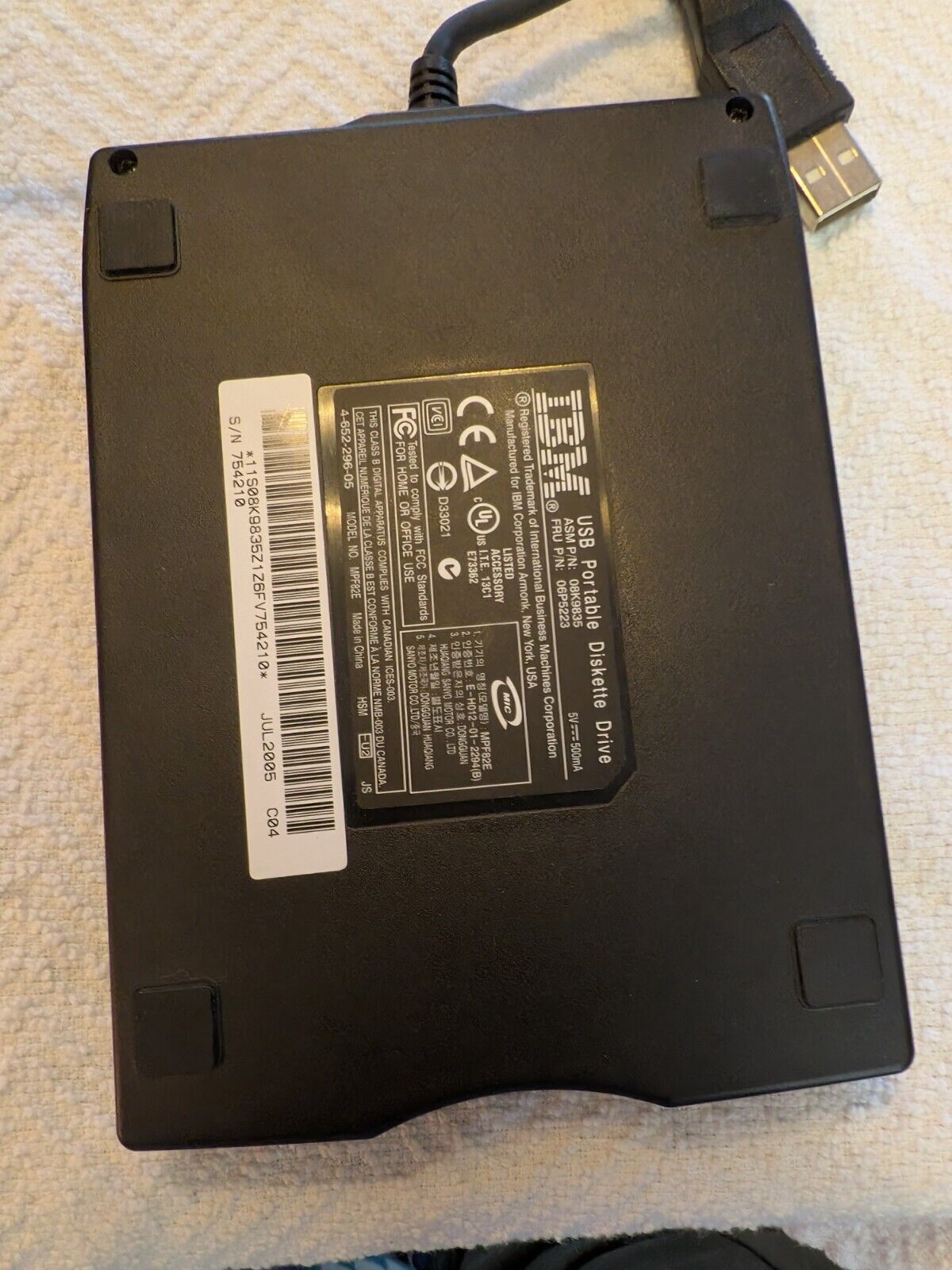
IBM 3.5" Floppy Drive
Original IBM-branded 3.5" drive with the sought-after metal eject button. This one's in far better condition than most you'll find nowadays. No yellowing on the bezel.
$20.00
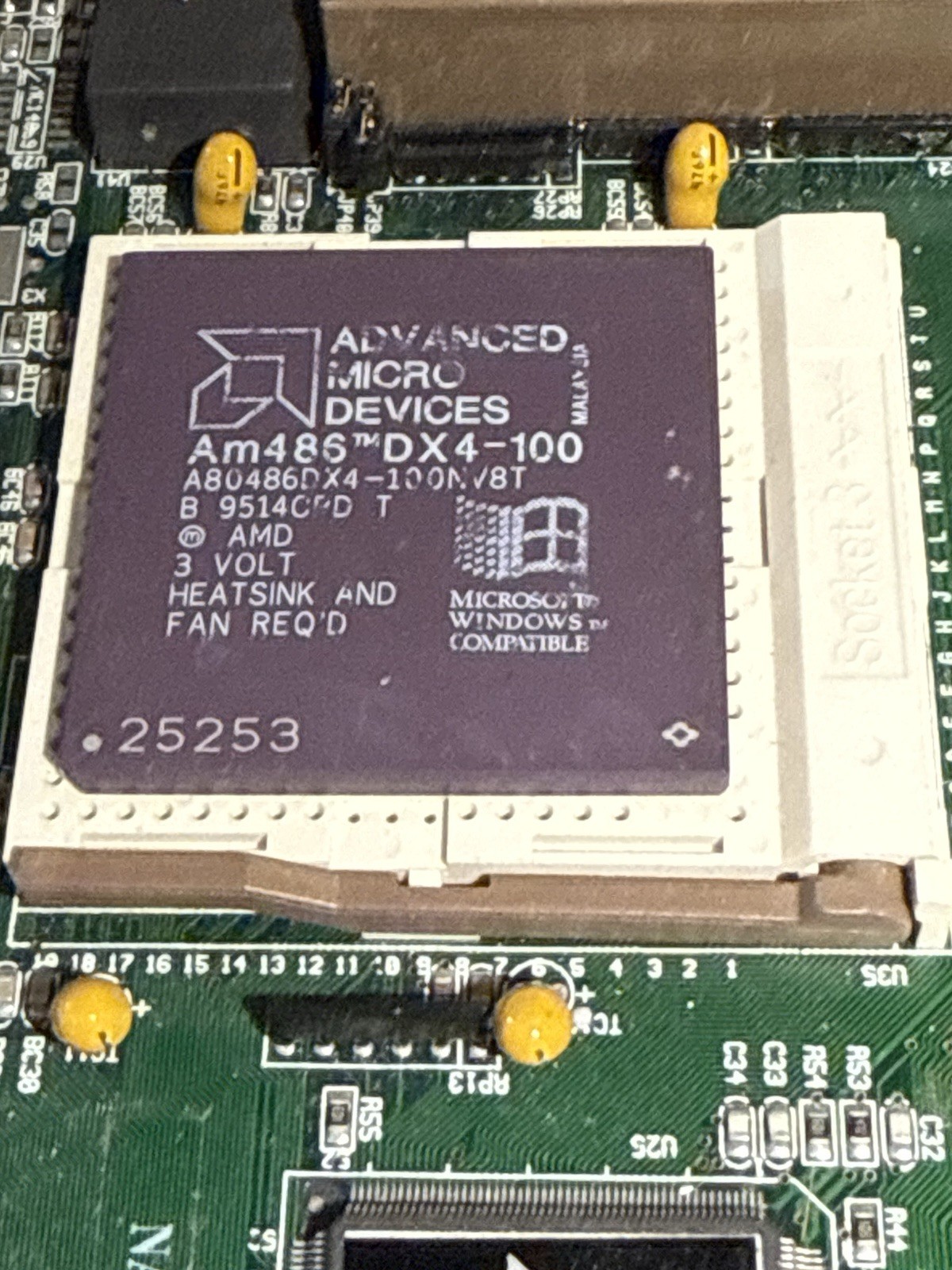 -30%
-30%
AMD Am486 DX4-100
AMD's 486 flagship that actually outperformed the Intel equivalent in many benchmarks. This chip was a beast for DOS gaming back in the day.
$30.00 $21.00
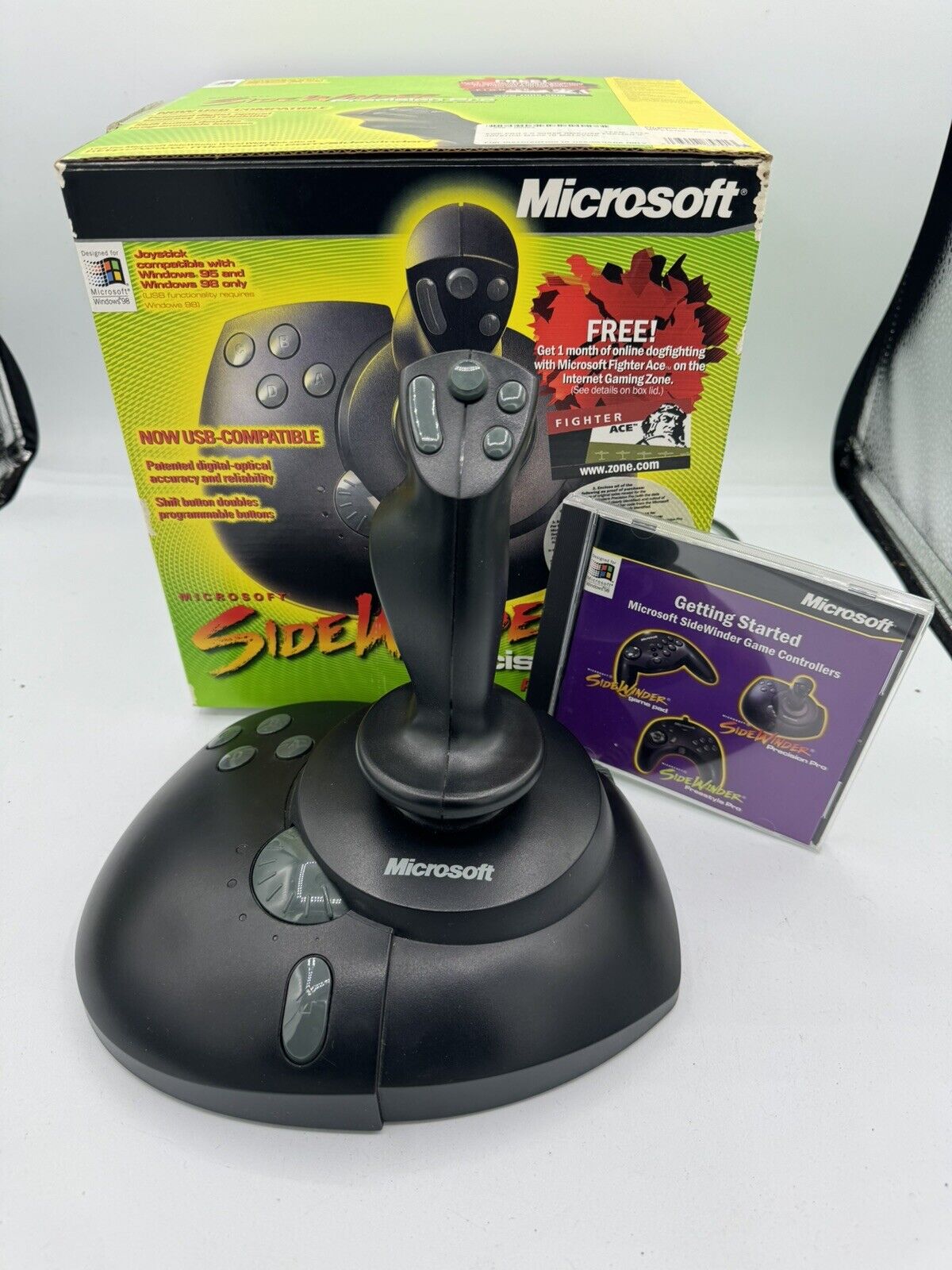
Microsoft SideWinder Precision Pro
Best force feedback implementation of its era. The drivers are a pain, but nothing beats this for Falcon 4.0 or X-Wing vs TIE Fighter.
$30.00

Creative Sound Blaster AWE64
The gold standard for DOS gaming audio. Has the full 4MB of onboard RAM for MIDI samples, unlike the cheaper AWE64 Value. Hard to find in working condition these days.
$40.00
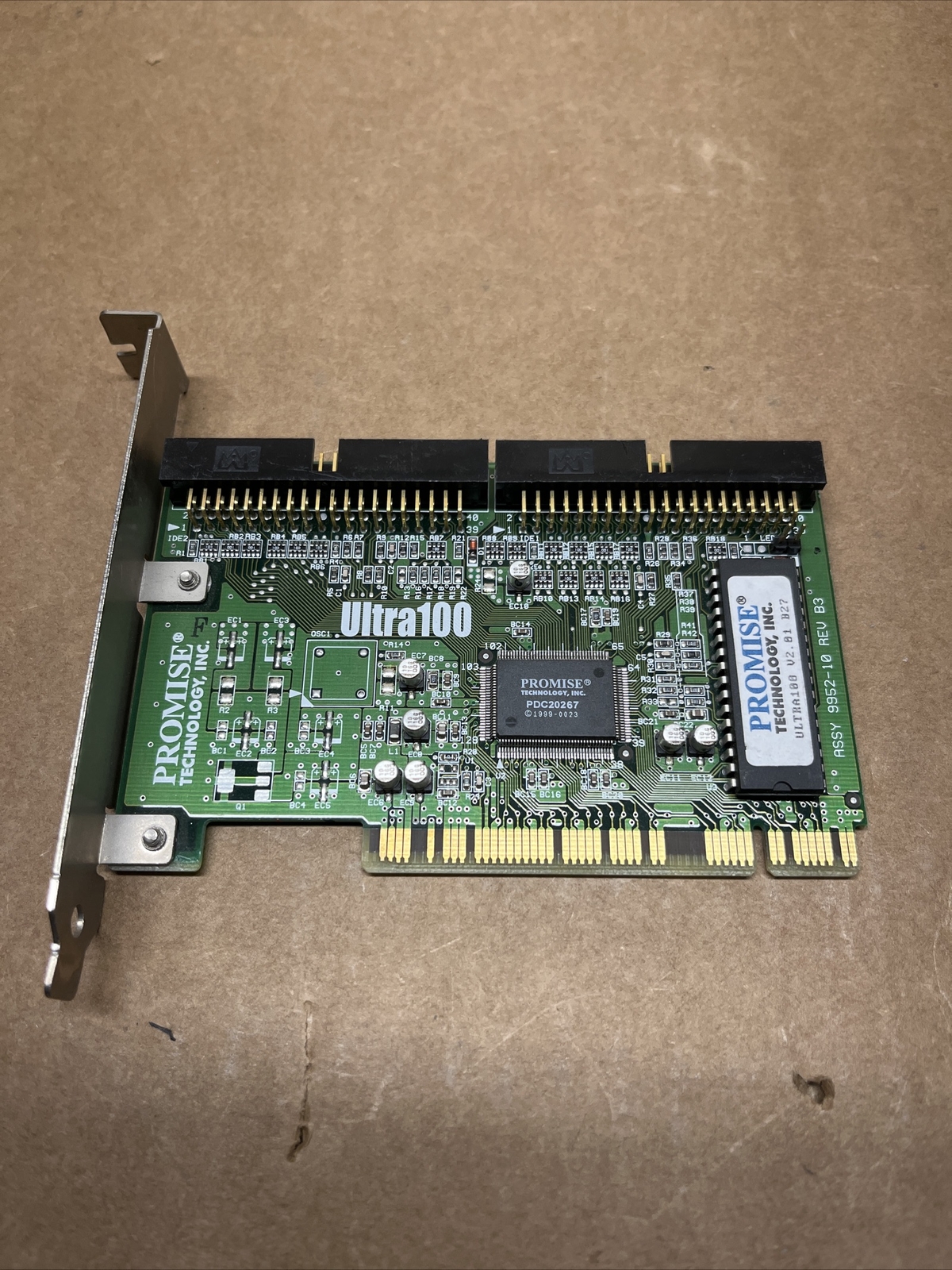
Promise Ultra33 IDE Controller
Saved my life when I needed to add more drives to my Pentium build. Way more reliable than the cheap no-name controllers that were everywhere back then.
$30.00
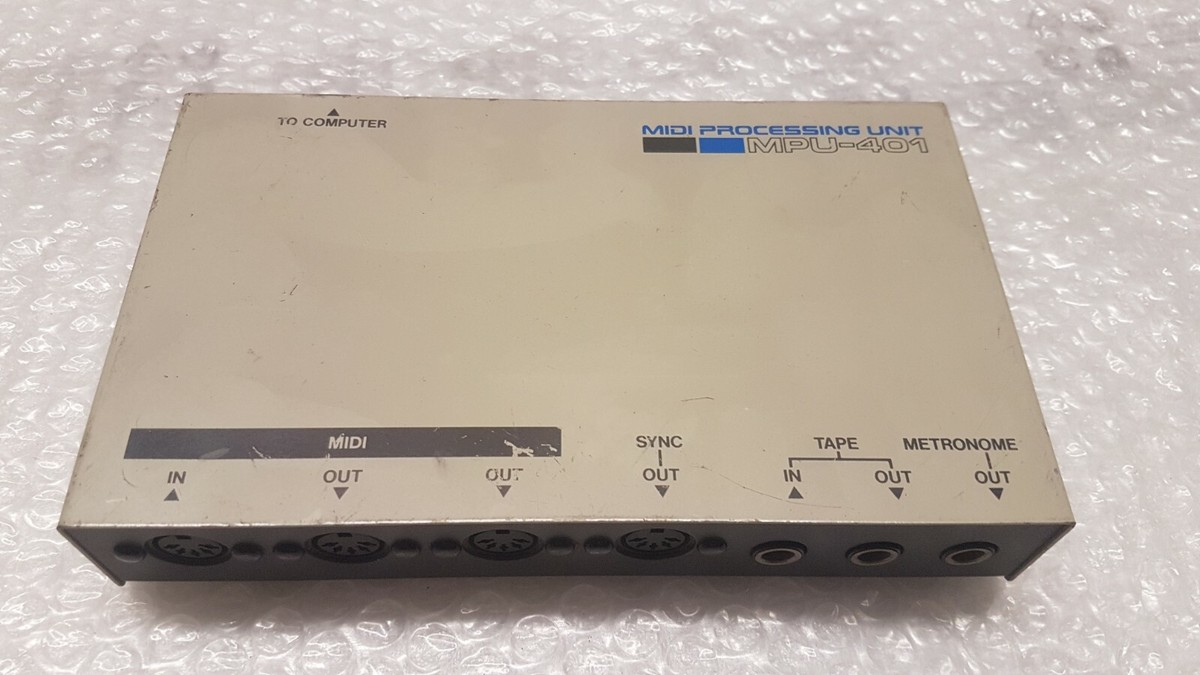 -20%
-20%
Roland MPU-401 MIDI Interface
The original MIDI interface that actually required a dedicated card! Before motherboards had built-in MIDI ports. Musicians swear these sound better than the integrated ones.
$50.00 $40.00
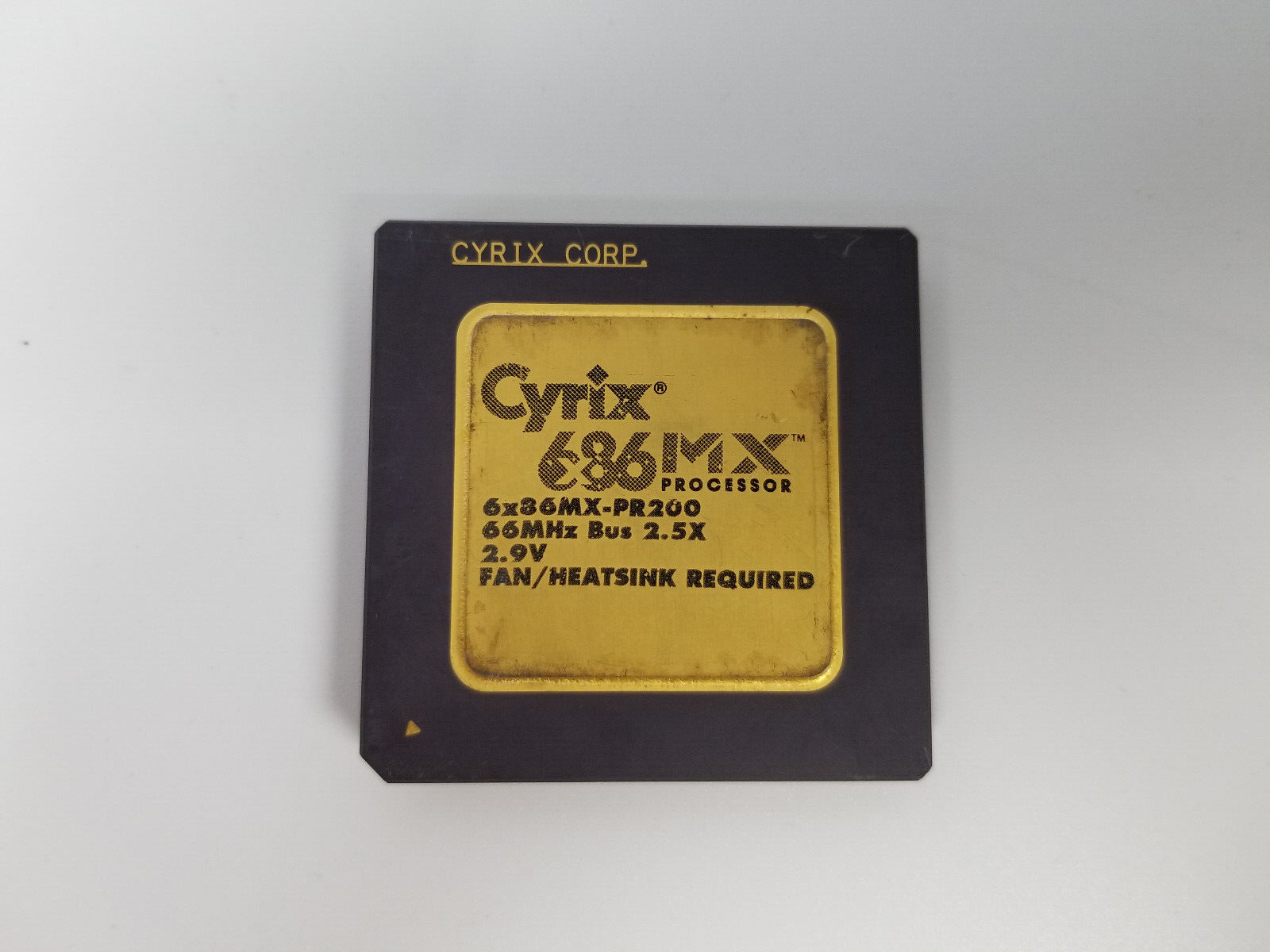
Cyrix 6x86MX PR200
Notorious for running hot, but these chips were a great budget option if you weren't doing FPU-heavy work. The PR rating was somewhat optimistic though...
$30.00
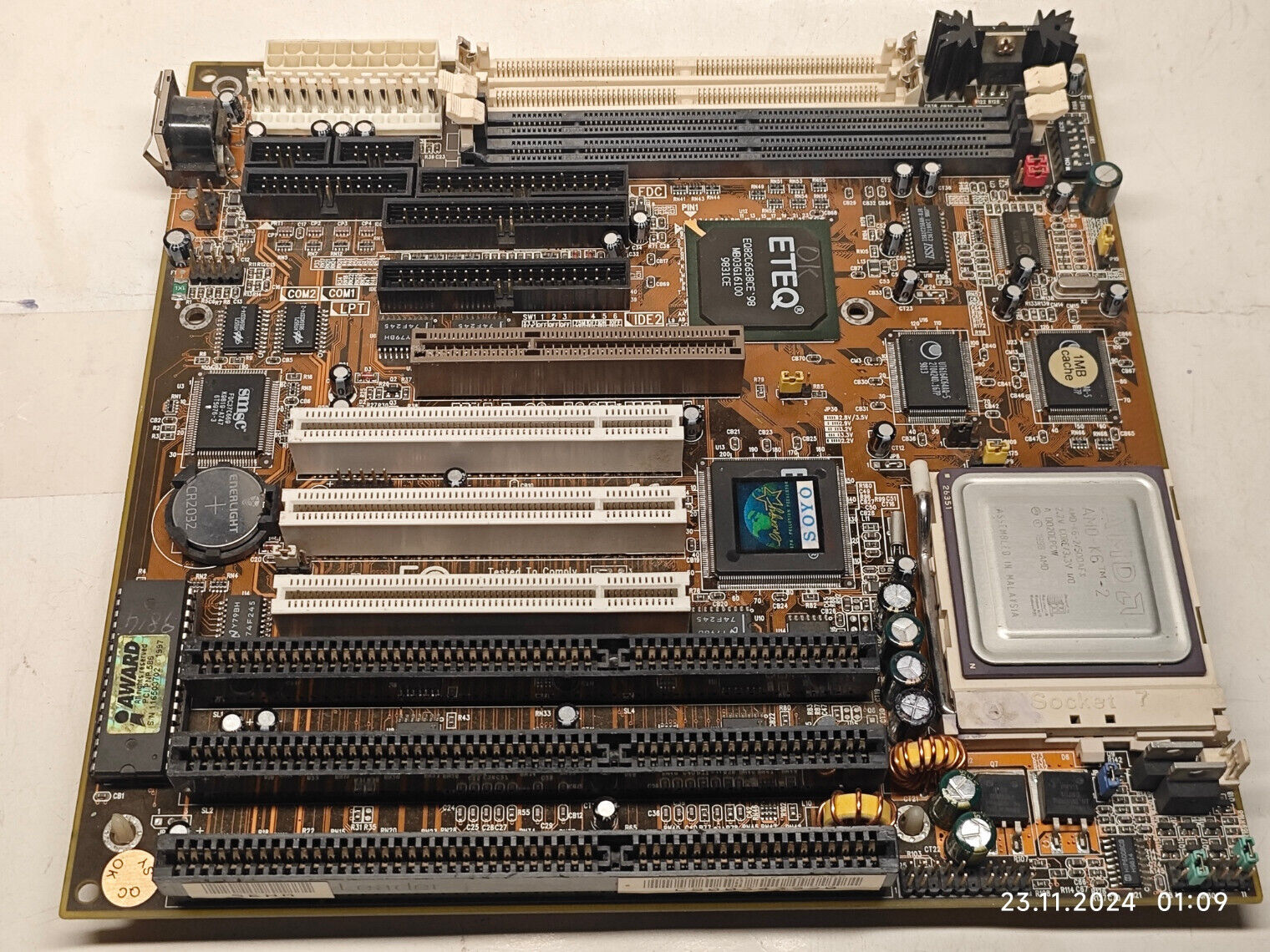
Soyo SY-5EHM Socket 7
Solid mid-range Socket 7 board with decent VRM components. The BIOS has good overclocking options for a board of this generation. Supports the full range of Socket 7 CPUs.
$40.00
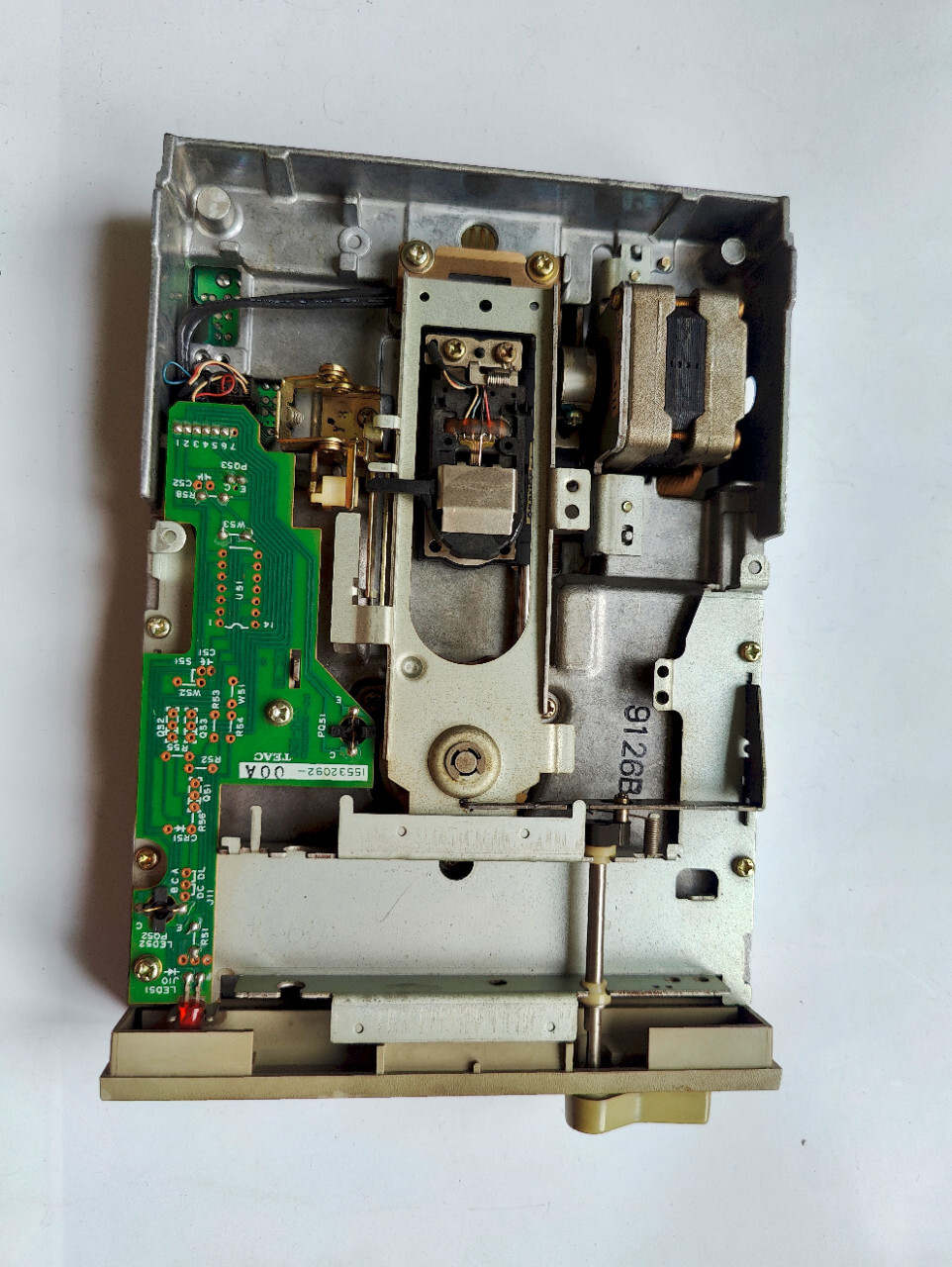
Teac 1.2MB 5.25" Floppy Drive
High-density 5.25" drive that can read/write 1.2MB disks. Perfect for data recovery from old engineering or CAD workstations. Quieter than most other brands.
$30.00
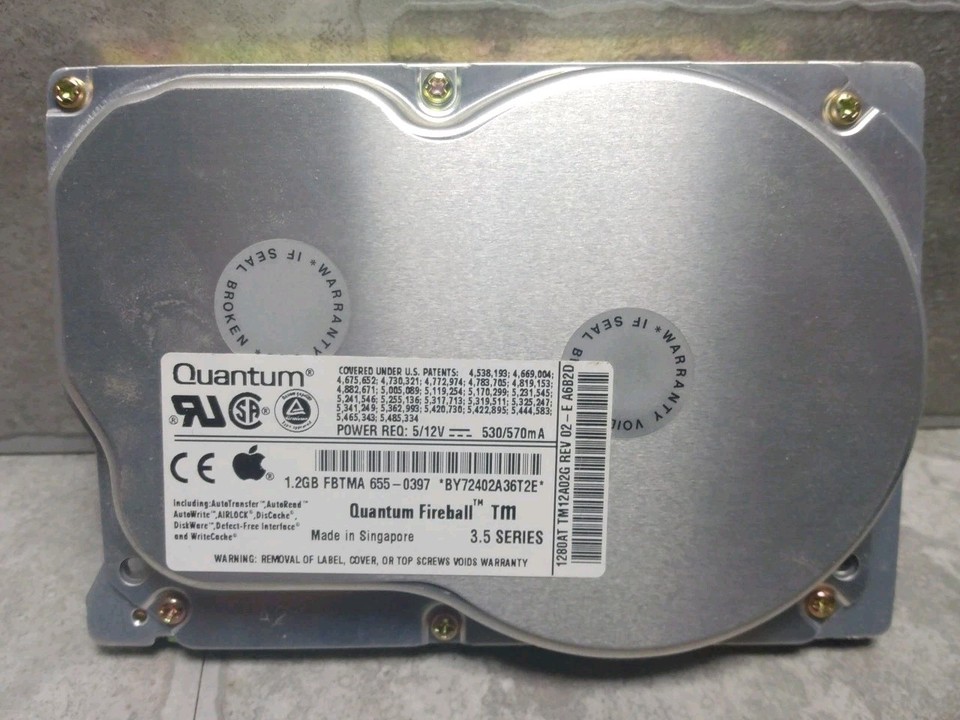
Quantum Fireball 1.2GB
These Fireballs were the go-to drives for many system builders. Much more reliable than the IBM Deskstars (aka 'Deathstars') from the same era. Low seek times for its generation.
$40.00
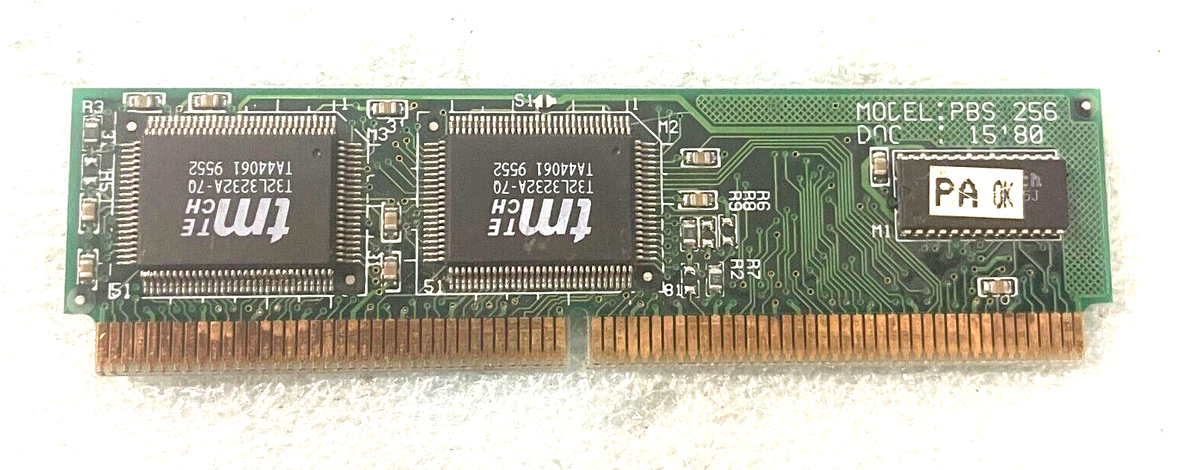
Cache Memory Module 256K
Plug-in L2 cache for 486 motherboards. Made a huge difference in system performance back when L2 wasn't integrated into the CPU. NEC chips on this one.
$30.00
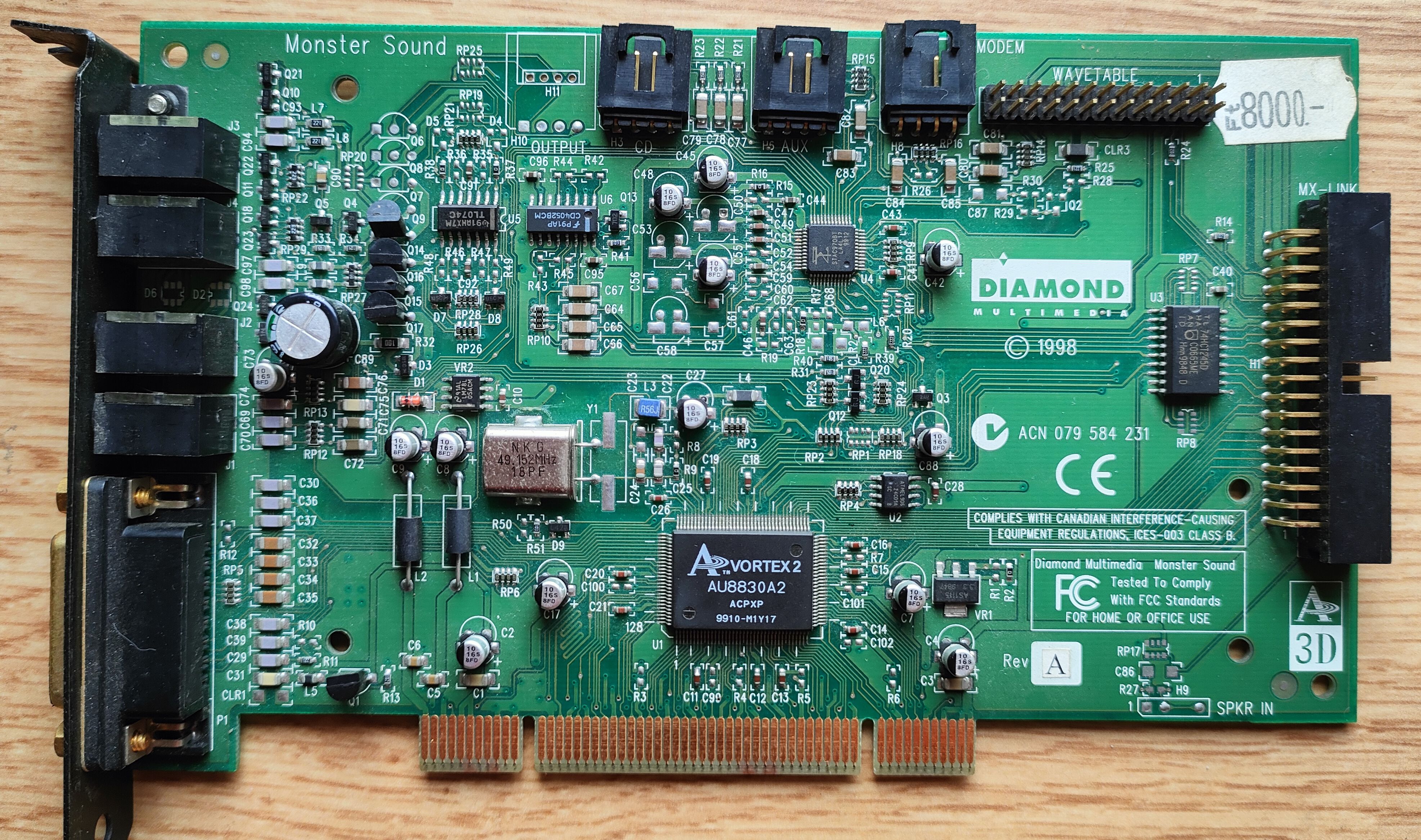
Diamond Monster Sound MX300
Aureal-based card with A3D positional audio that still sounds better than modern solutions for certain games. Once you hear EAX reverb in Thief, you can't go back.
$60.00
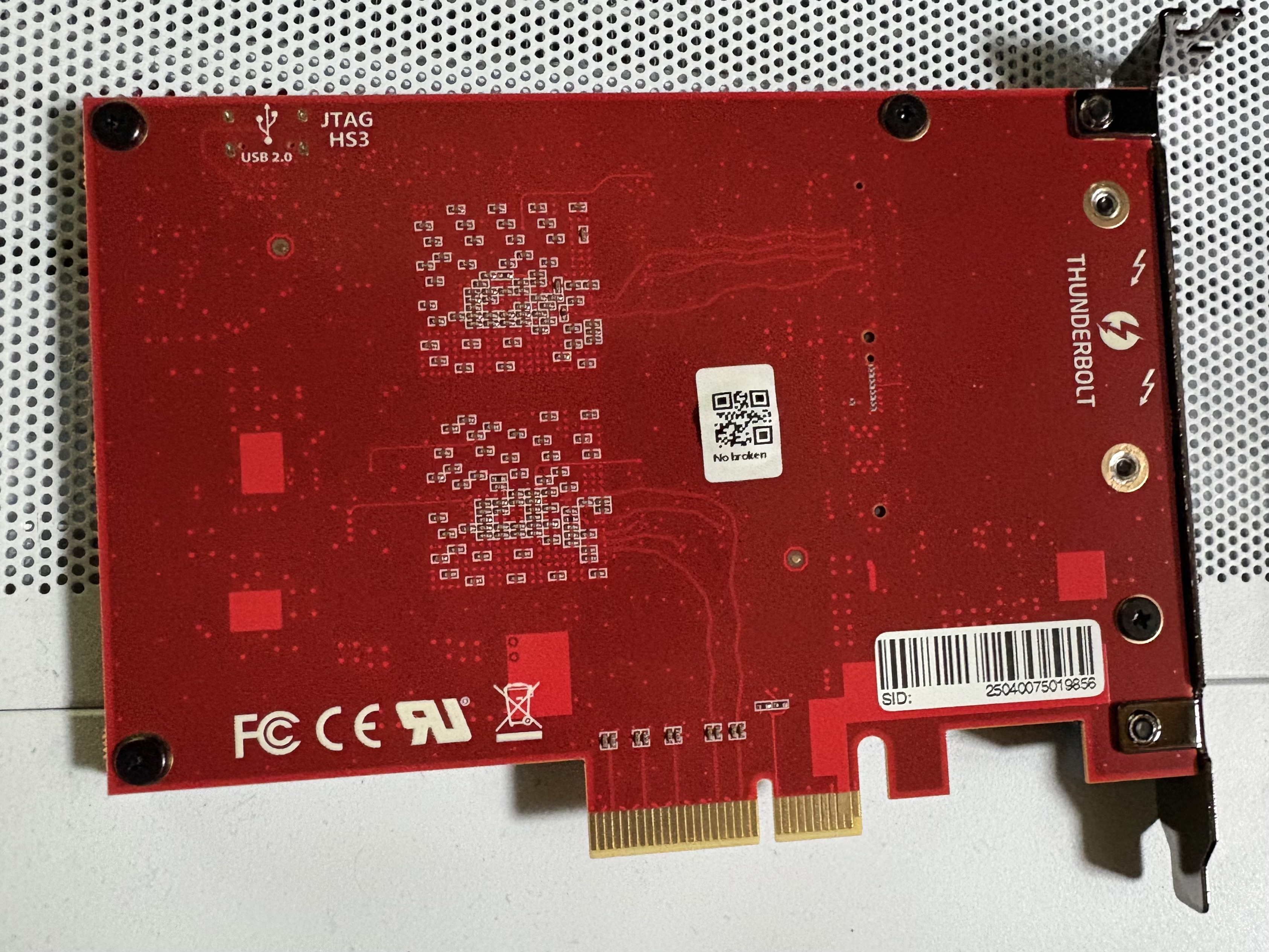
3Com EtherLink III ISA
Rock-solid network card for DOS/early Windows networking. Way more compatible with older systems than PCI cards. Still needed for some legacy industrial equipment.
$20.00
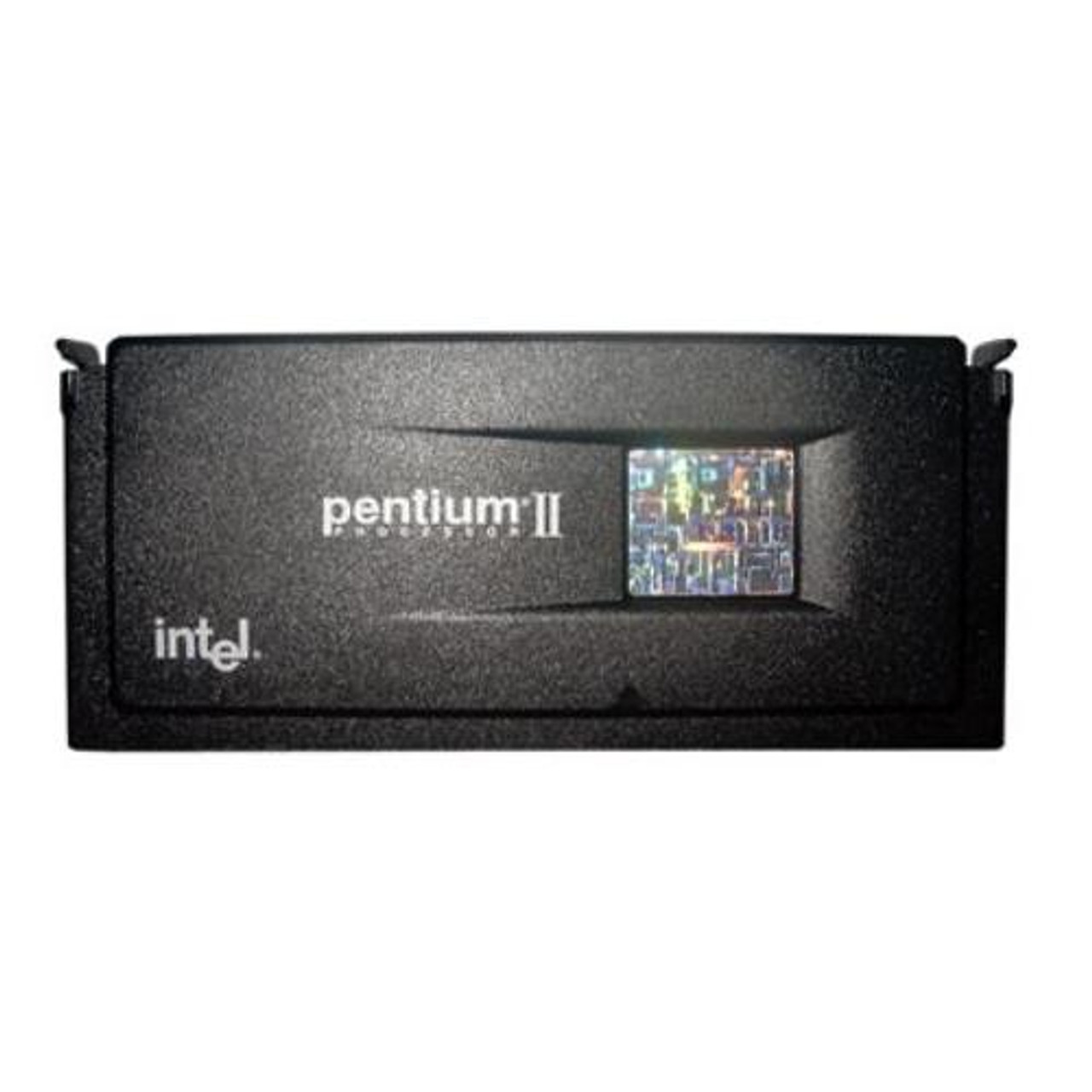 -20%
-20%
Intel Pentium II 400MHz
Love the unique form factor on these Slot 1 processors. The 400MHz was the sweet spot for price/performance in the PII line. This one's never been overclocked.
$50.00 $40.00
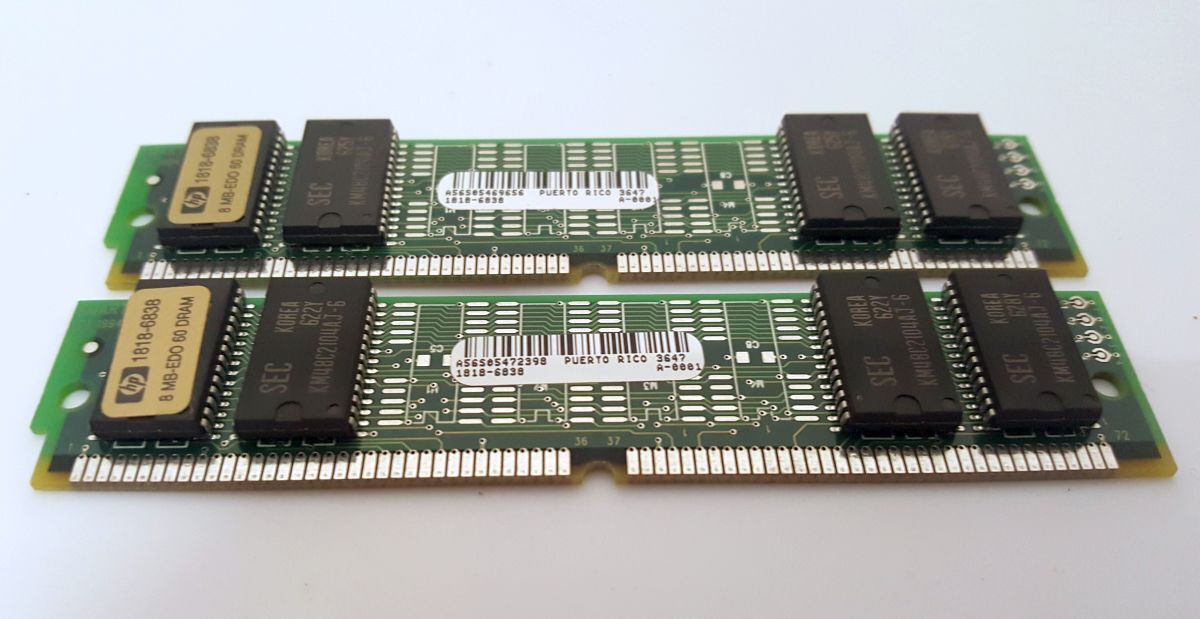
72-pin 16MB SIMM EDO
Period-correct memory for late 486 and early Pentium builds. EDO was noticeably faster than standard FPM RAM if your motherboard supported it.
$30.00
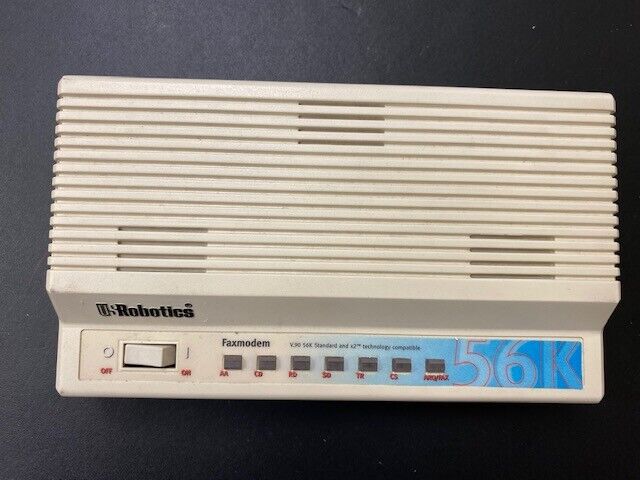
US Robotics 56K ISA Modem
The Cadillac of dial-up modems. The hardware-based error correction on these was miles better than the Winmodems everyone was stuck with in prebuilt systems.
$40.00
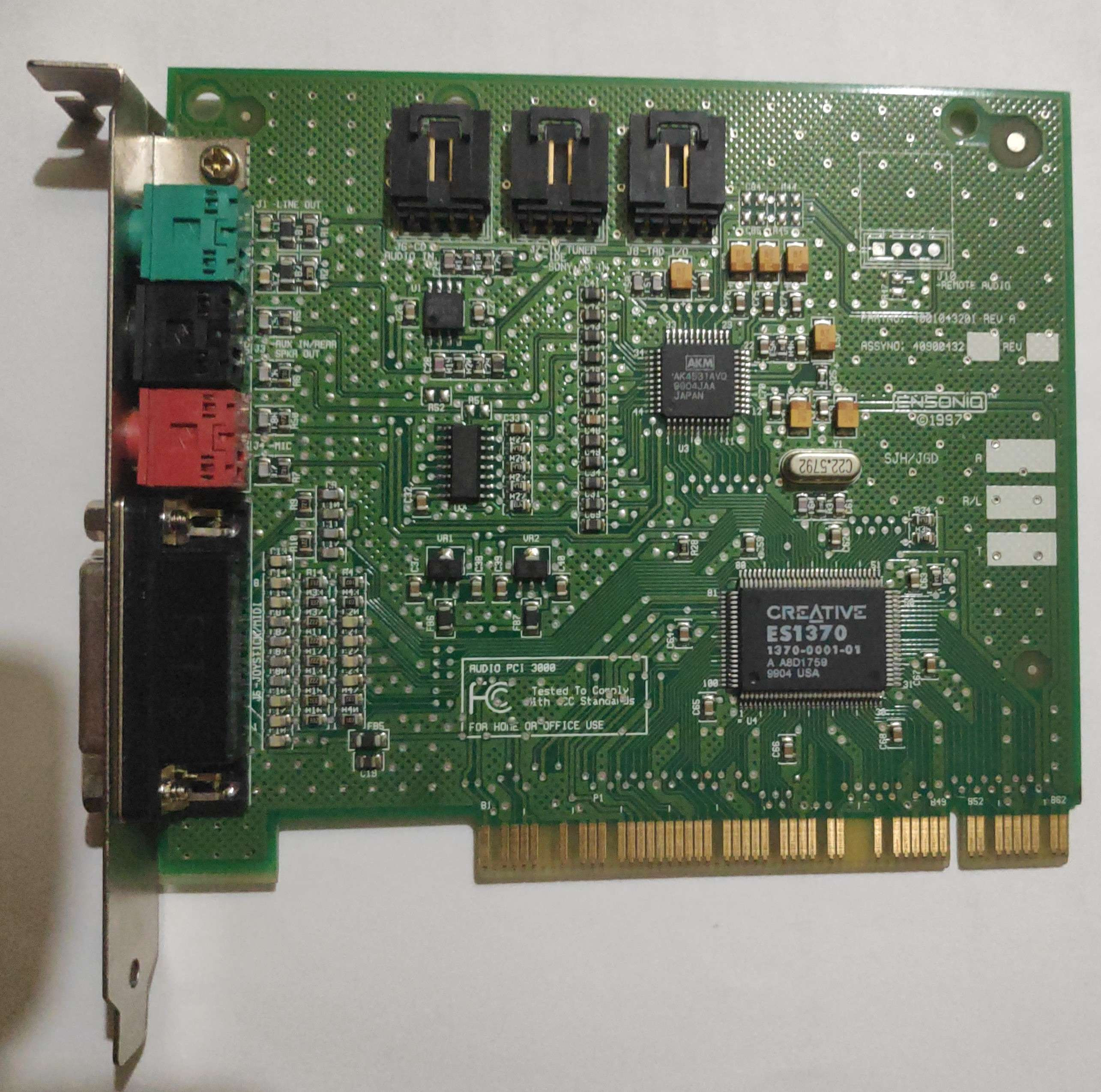
Ensoniq AudioPCI
Decent mid-range sound card that found its way into countless Dell and HP systems. Reasonably good Sound Blaster compatibility without the premium price tag.
$30.00
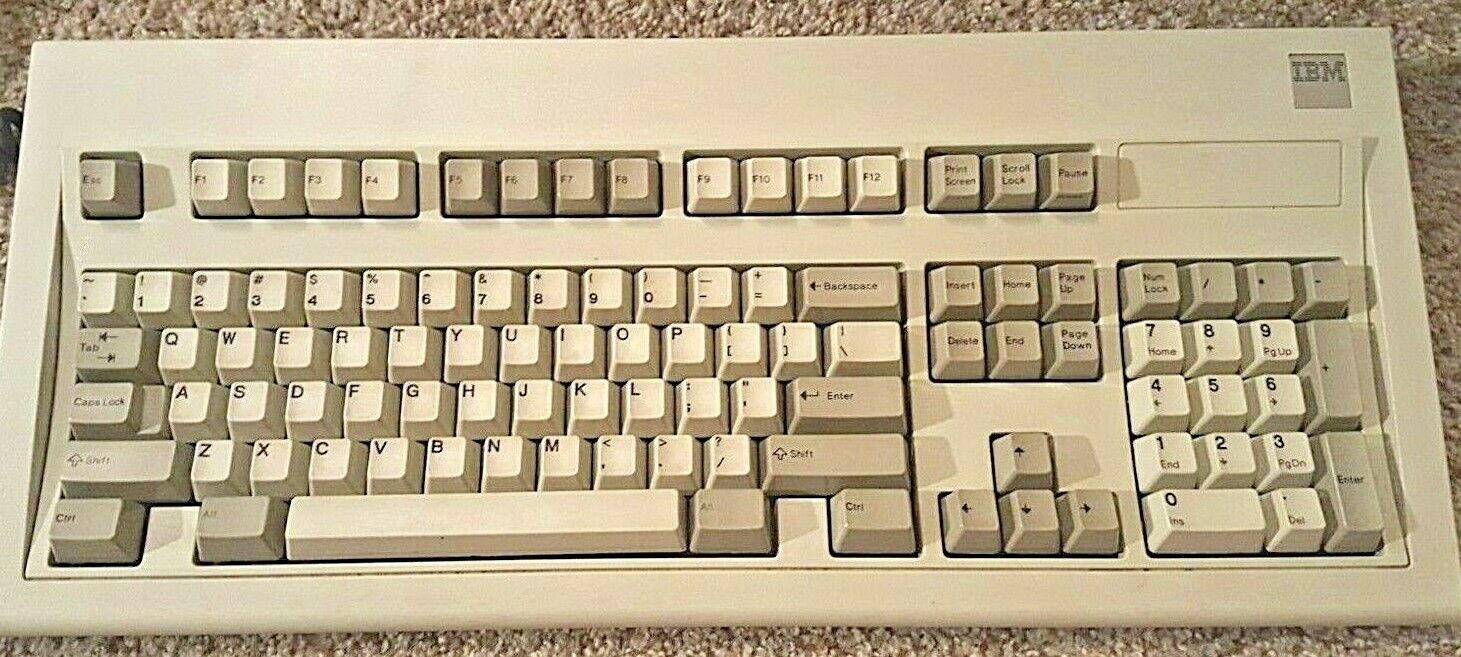
IBM Model M Keyboard
The keyboard that refuses to die. Still superior to modern mechanicals in many ways. This one has the PS/2 connector, not the earlier AT connector, so it's more usable today.
$60.00
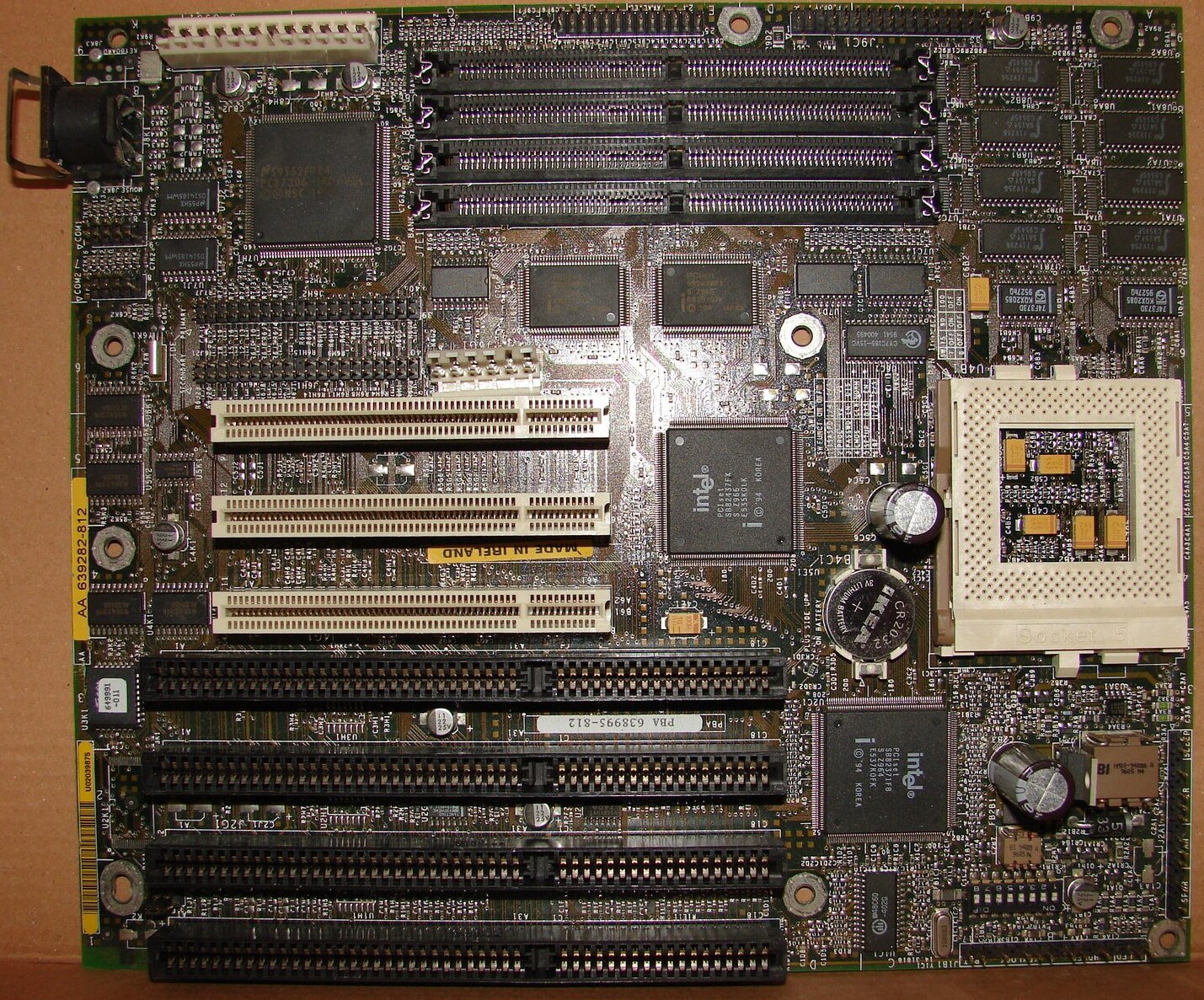
Intel Advanced/ZP 430HX
High-end Pentium-era motherboard with the superior 430HX chipset instead of the cut-down 430VX. One of the few boards from this era with proper multi I/O support.
$30.00
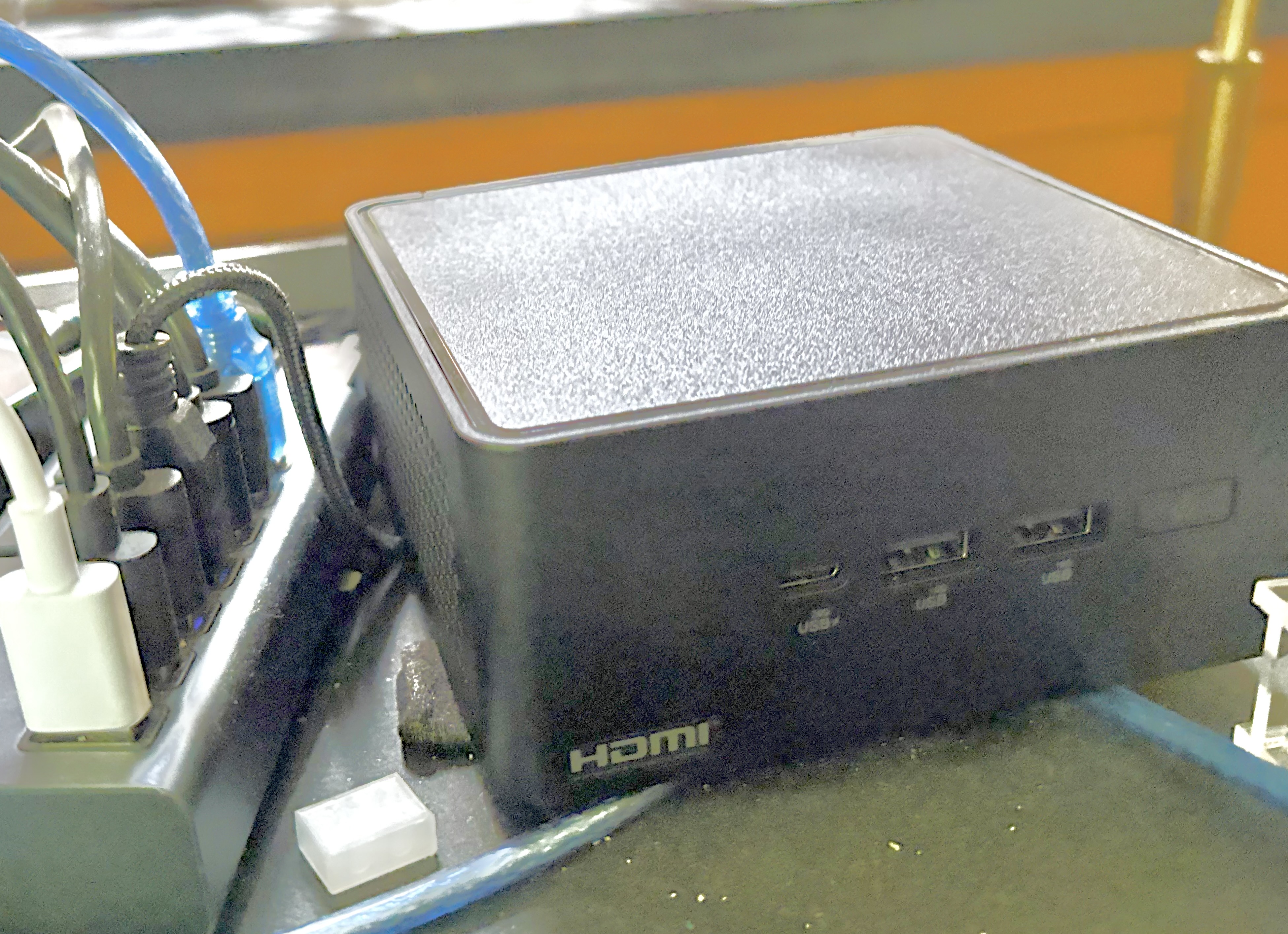
(USED) Workstation
This was good for simple tasks, but unfortunately began having some issues. Overheating, non-functioning IO ports, some signal issues too.
$60.00
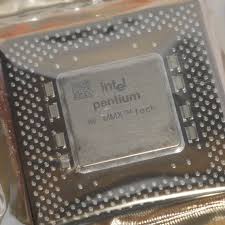
Intel Pentium MMX 200MHz
The MMX instruction set was ahead of its time. Most software didn't use it well, but the ones that did (like certain video codecs) really flew on these chips.
$50.00

Yamaha YMF724 PCI
Underrated sound card with excellent MIDI synthesis. The FM synth capabilities were a nice bonus - almost like having an OPL3 alongside modern audio features.
$30.00
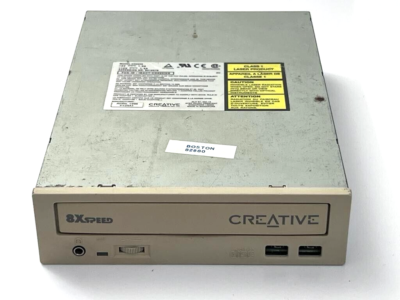
Creative CD-ROM 8X IDE
Creative's drives were so much more reliable than the no-name ones. The 8X was the sweet spot before they started pushing speeds too high and sacrificing reliability.
$25.00
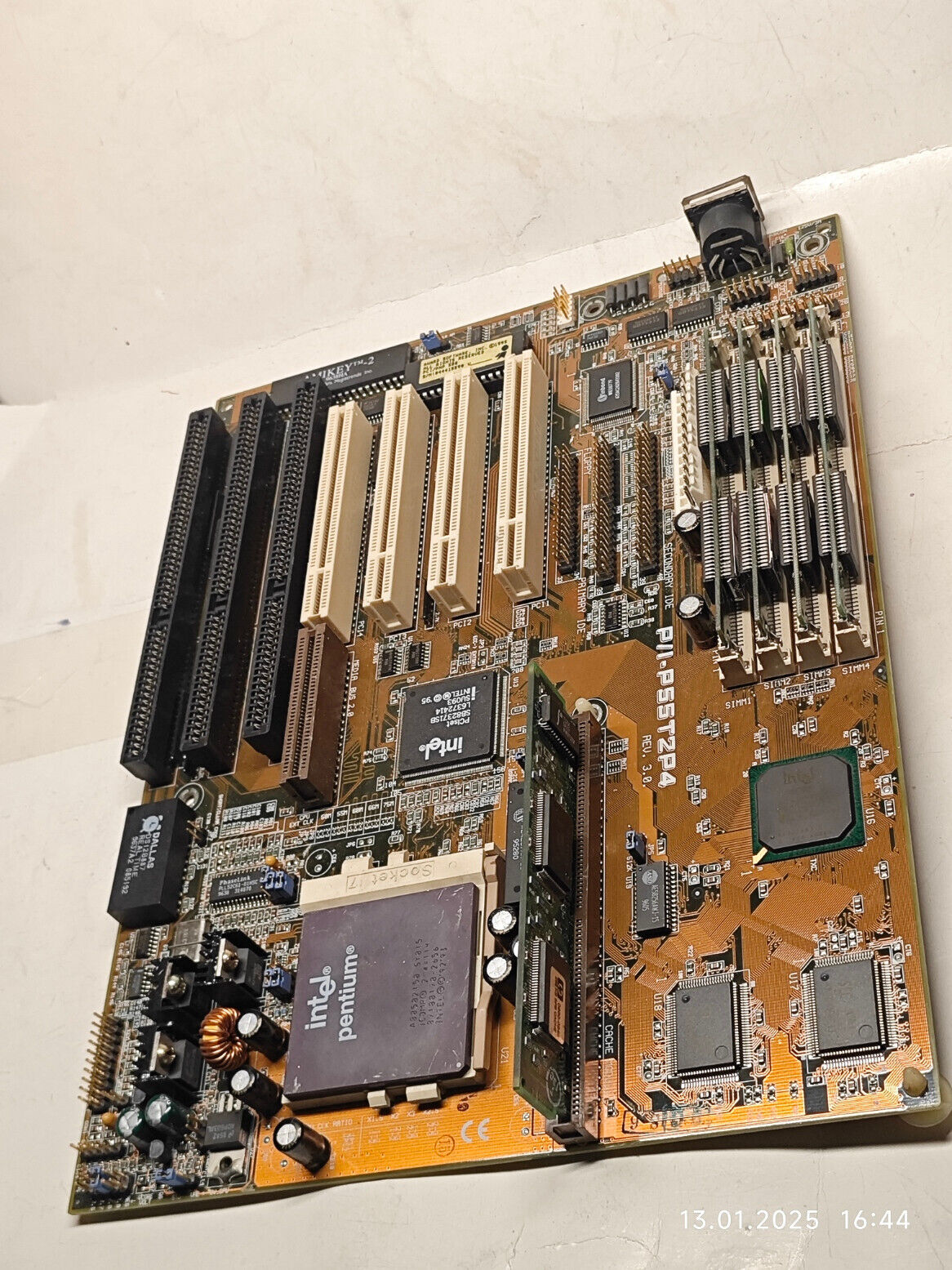
ASUS P/I-P55T2P4S Socket 7
Premium Socket 7 board that overclockers loved. One of the few from this era with voltage control in the BIOS. The Japanese capacitors on this board are still holding up great.
$60.00
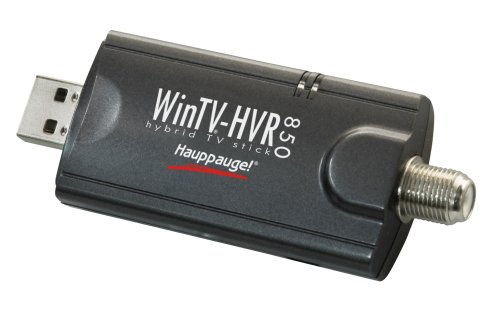
Hauppauge WinTV Capture
The go-to card for capturing video in the pre-YouTube era. The hardware MPEG encoder saved a ton of CPU power compared to software encoding.
$40.00
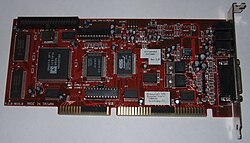
Gravis Ultrasound PnP
Cult classic sound card with a dedicated following in the demoscene and tracker music communities. The wavetable synthesis is still unmatched for certain types of MIDI playback.
$40.00
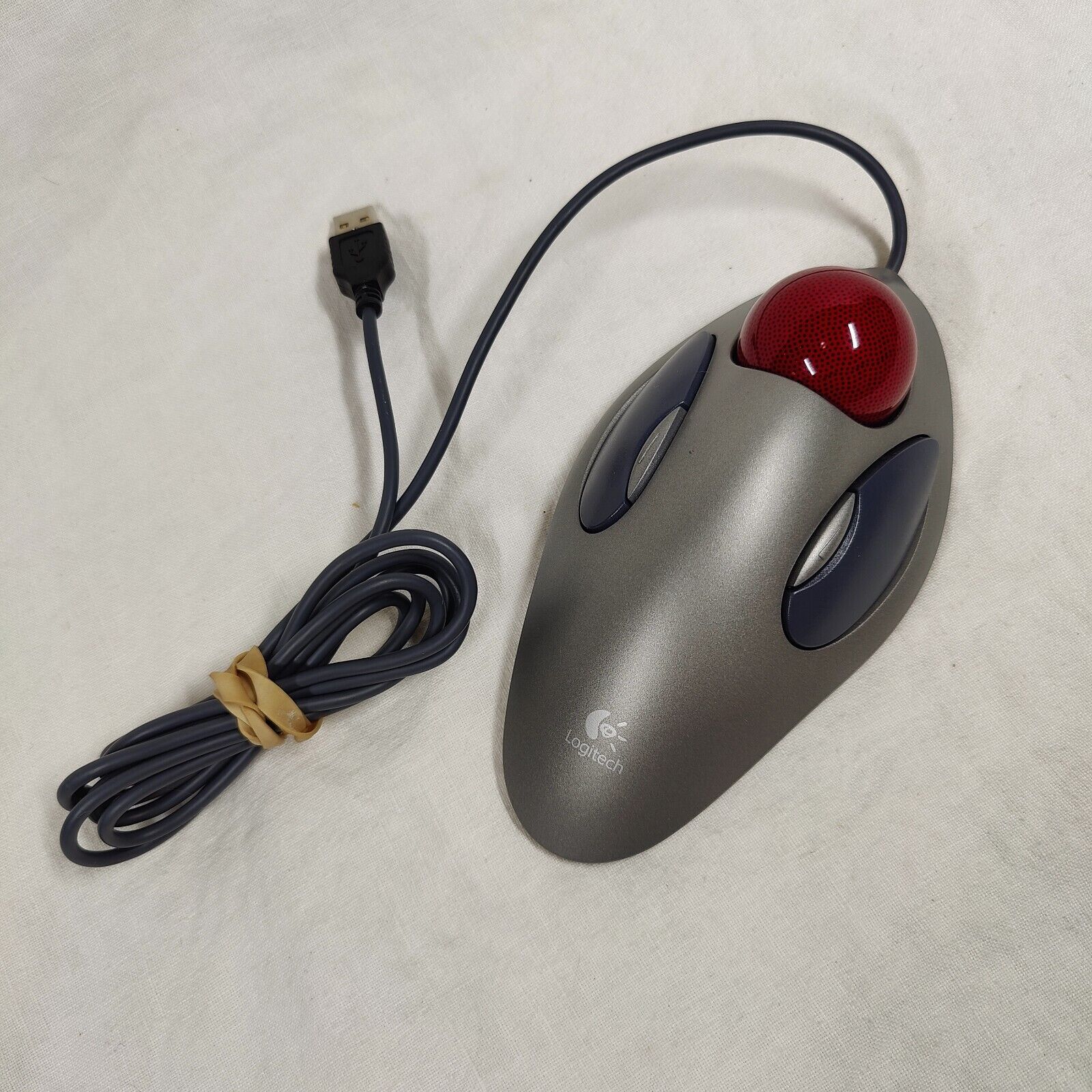
Logitech TrackMan Marble+
Trackballs were so much better than mice for certain CAD applications. This model has the perfect balance of precision and comfort for long design sessions.
$25.00
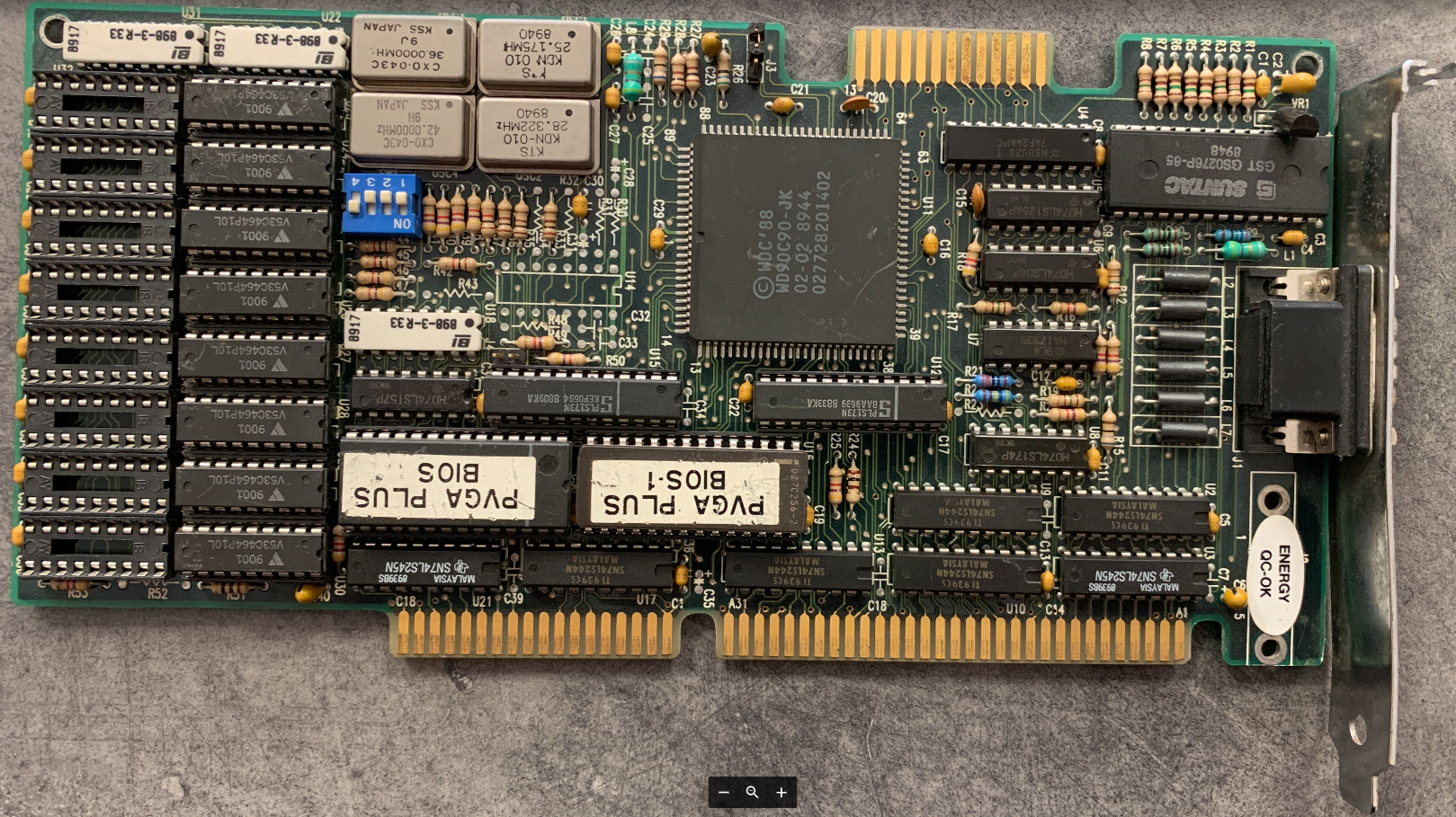
Western Digital Paradise ESDI
Ultra-rare controller from the transition period between MFM and IDE. These are nearly impossible to find working nowadays, a true piece of computing history.
$50.00
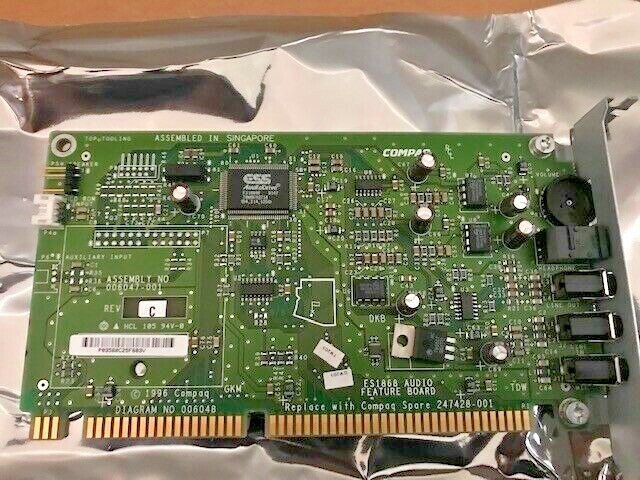
ESS AudioDrive ES1868
Budget sound card that actually had decent Sound Blaster compatibility. The mixer quality was surprisingly good for an entry-level card of this generation.
$30.00
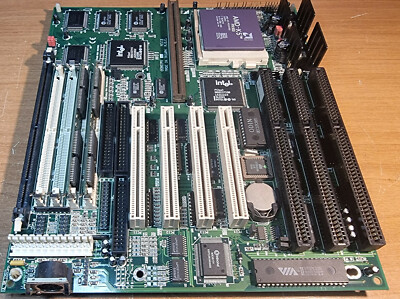
DFI G586VPS Socket 5
Early Pentium motherboard with weird quirks but rock-solid stability. The manual voltage jumpers are a pain but give you more precise control than some later boards.
$40.00
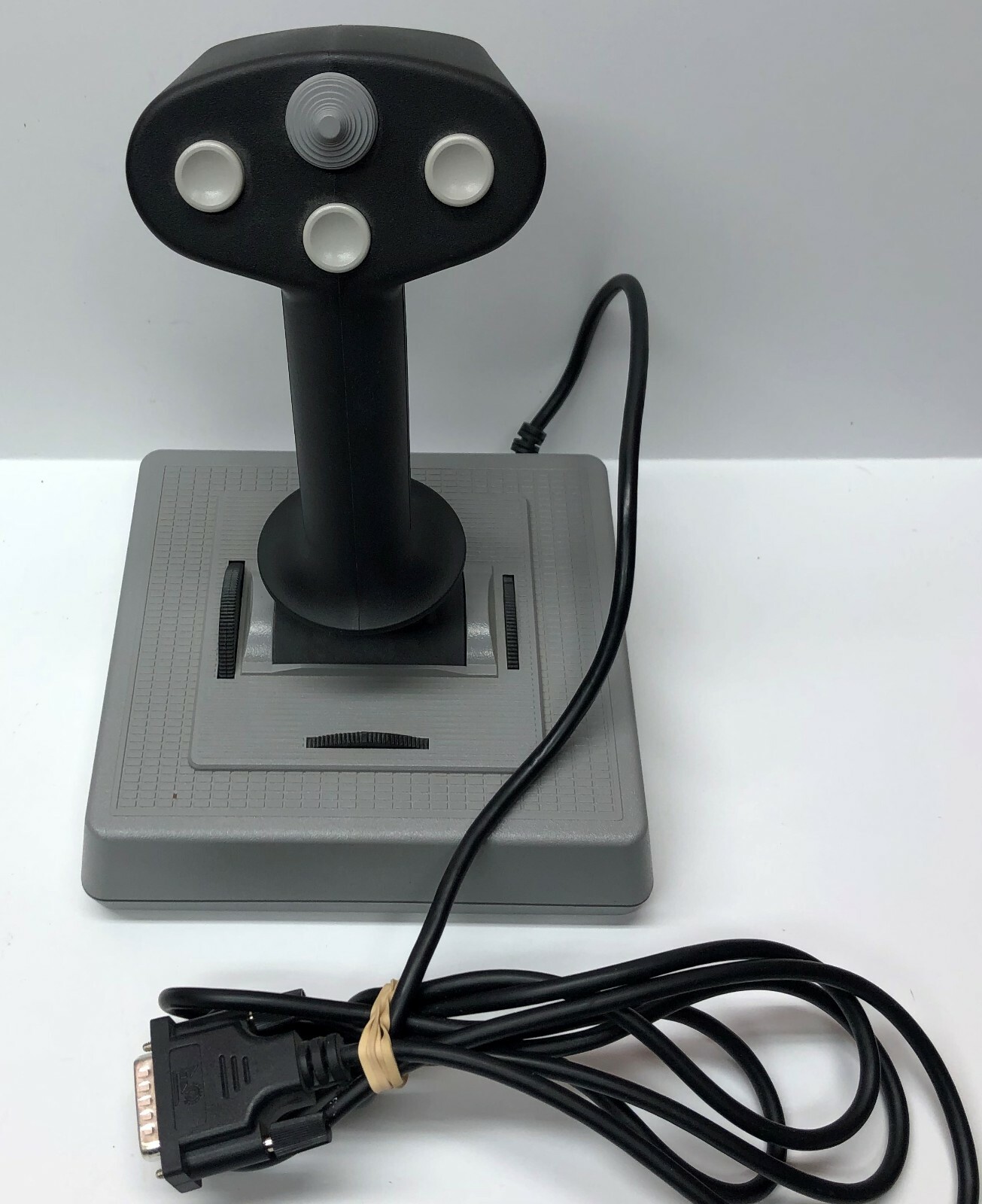
CH FlightStick Pro
Built like a tank compared to other joysticks of the era. The tension adjustment feature was innovative. Still the preferred controller for many classic flight sim fans.
$40.00

168-pin 64MB SDRAM DIMM
Crucial memory with the original chips, not the cheap rebranded stuff. SDRAM was a huge step up from EDO in real-world performance, especially for Windows 98.
$25.00
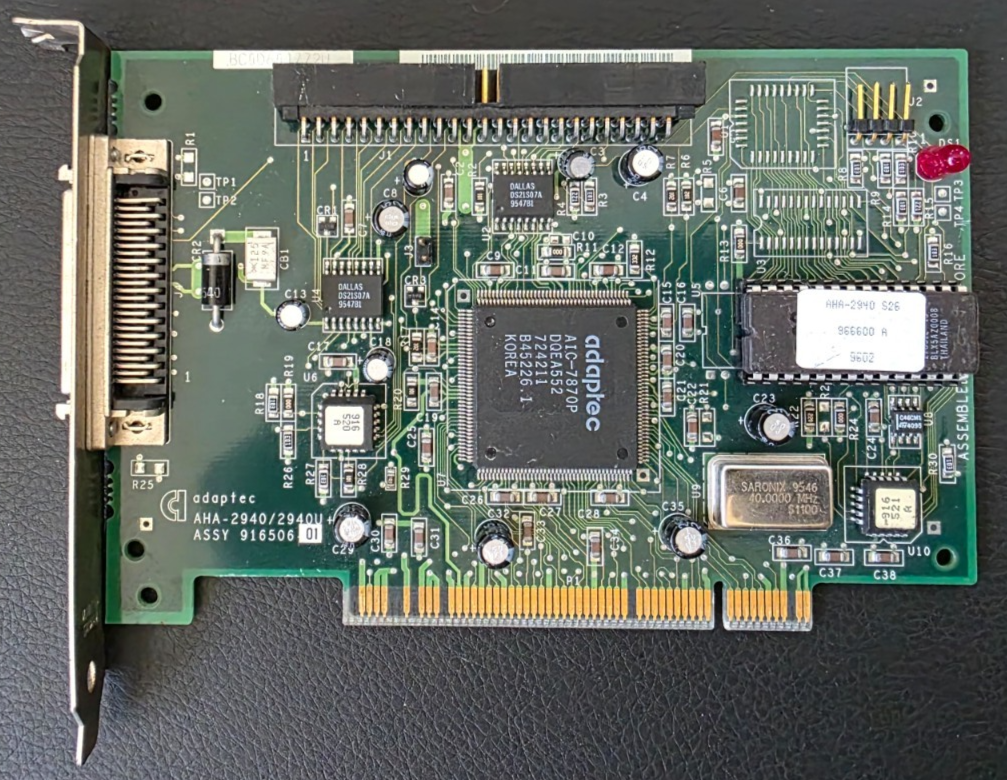
Adaptec AHA-2940 SCSI
The de facto standard SCSI controller from the 90s. More compatible with obscure SCSI devices than any other card. The BIOS configuration utility is actually intuitive.
$50.00
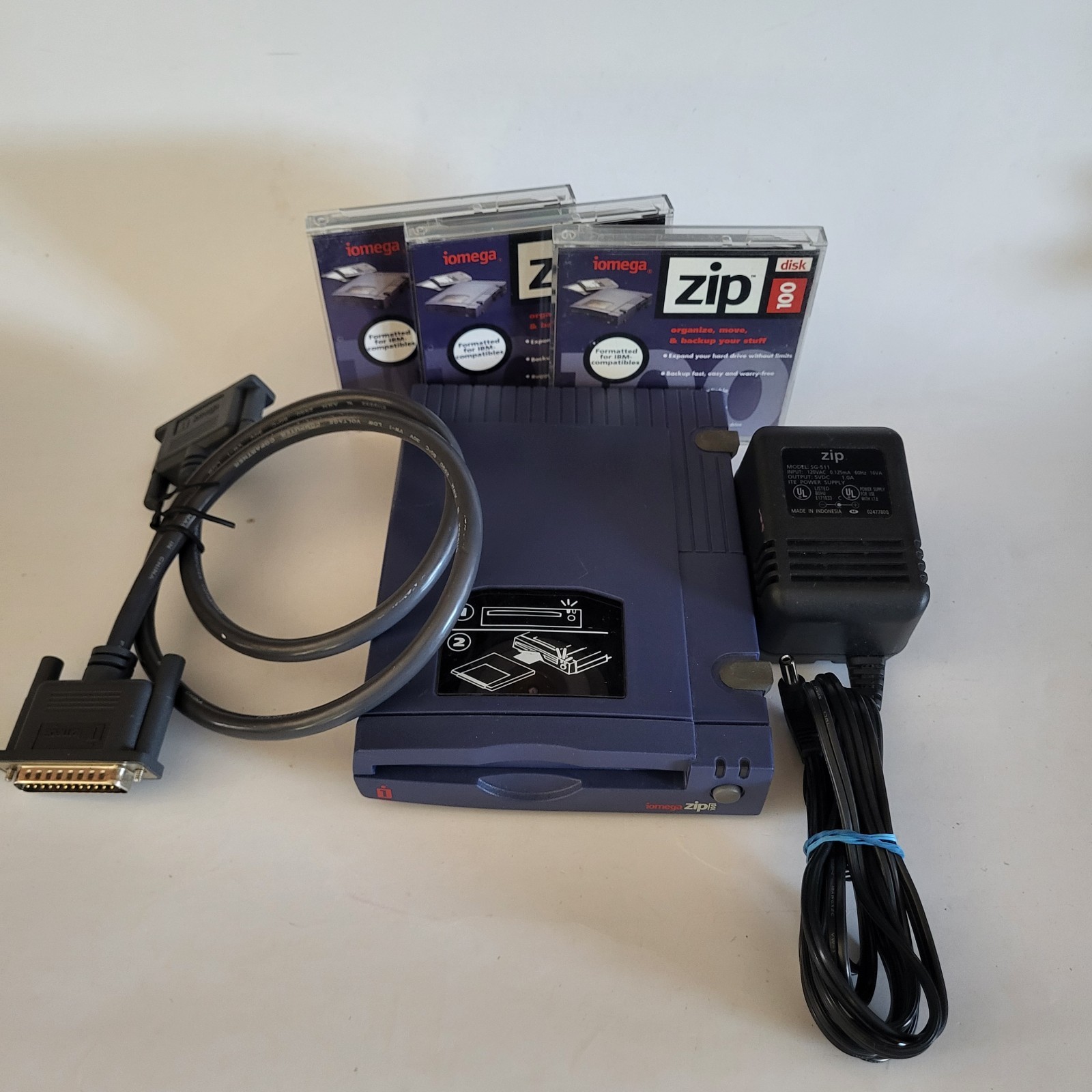
Iomega Zip 100MB SCSI
Much faster and more reliable than the IDE version. No click of death on this one! These SCSI models were what professionals used for data transport before flash drives.
$40.00
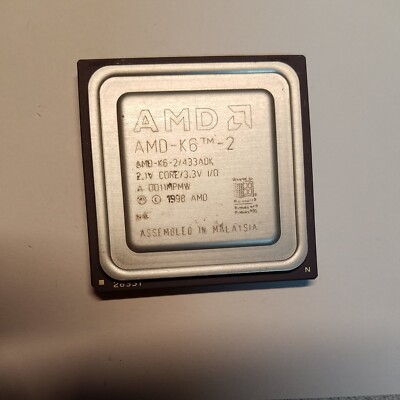
AMD K6-2 450MHz
The 3DNow! instruction set gave these an edge in certain games. Ran cooler than the Intel alternatives despite what the Intel fanboys claimed. Great chip for Super Socket 7 builds.
$50.00
 -40%
-40%
Sony 5.25" Floppy Drive
Sony drives had better head alignment than most brands, making them more reliable for reading those old disks that have started to degrade. Essential for any serious vintage collector.
$30.00 $18.00
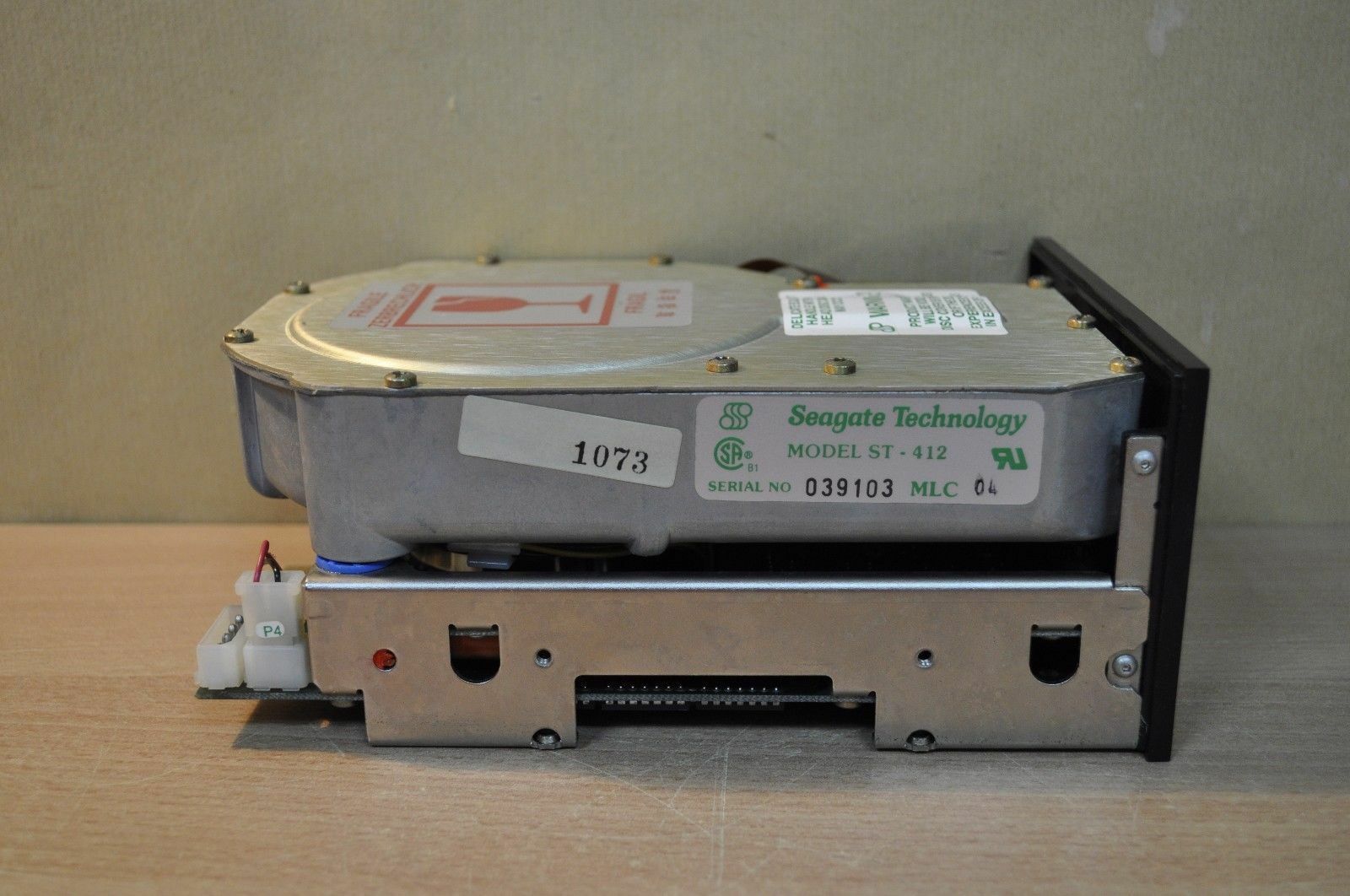 -20%
-20%
Seagate ST-506 20MB MFM
A piece of computing history from when hard drives were as big as shoeboxes. These early Seagates were incredibly well-engineered considering the technology limitations of the time.
$60.00 $48.00
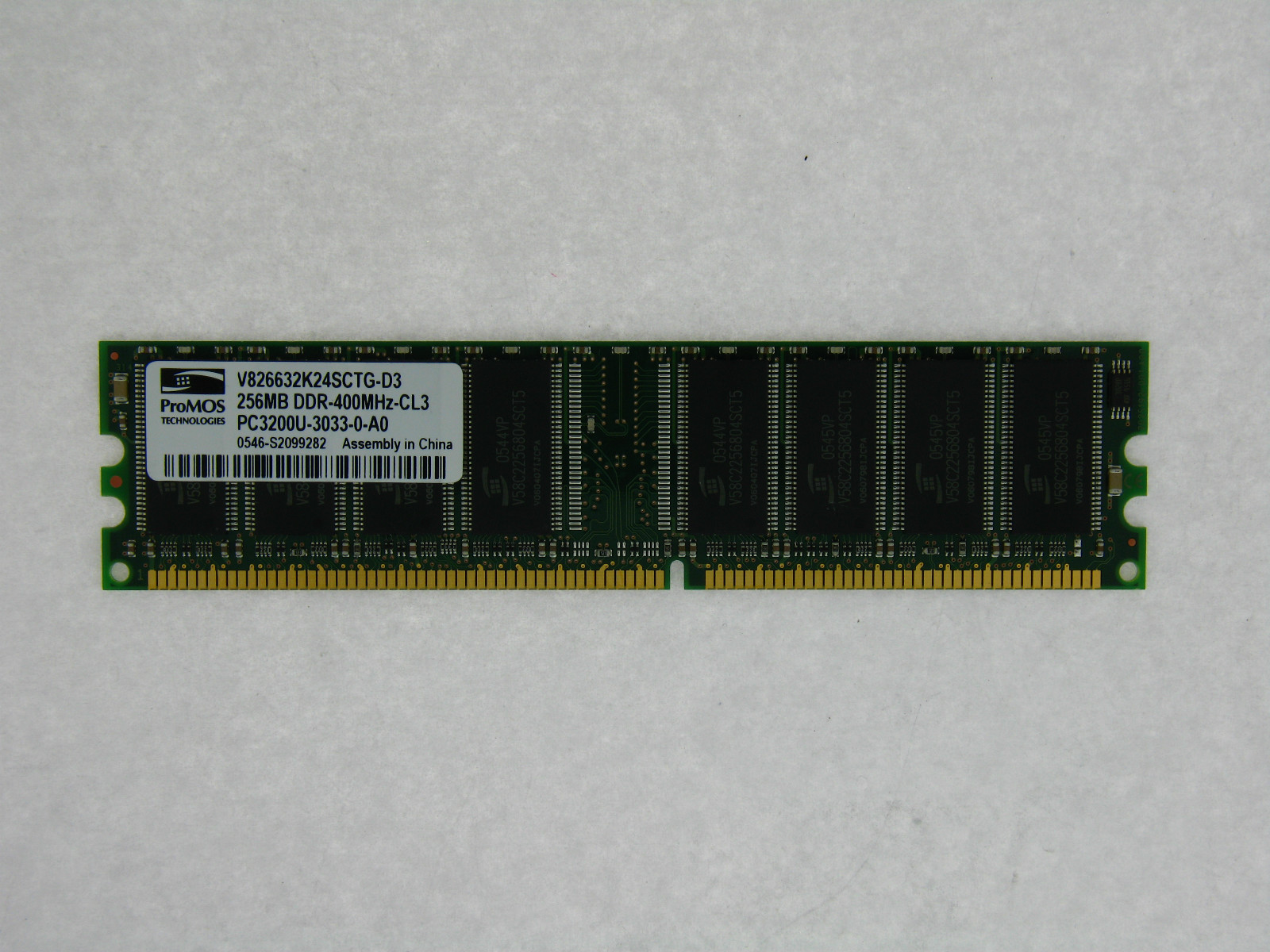
184-pin 256MB DDR DIMM
The first-generation DDR memory that made the Pentium 4 actually usable. The performance jump from SDRAM to DDR was substantial, especially for memory-intensive applications.
$30.00
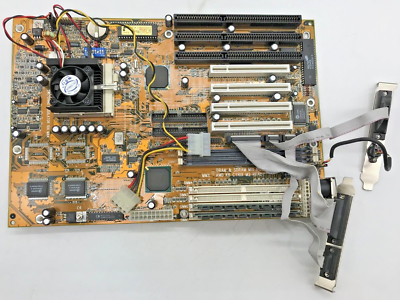
Gigabyte GA-586TX
The TX chipset was a huge improvement over earlier Pentium chipsets. This board has great RAM compatibility and the Japanese capacitors have held up well over time.
$40.00
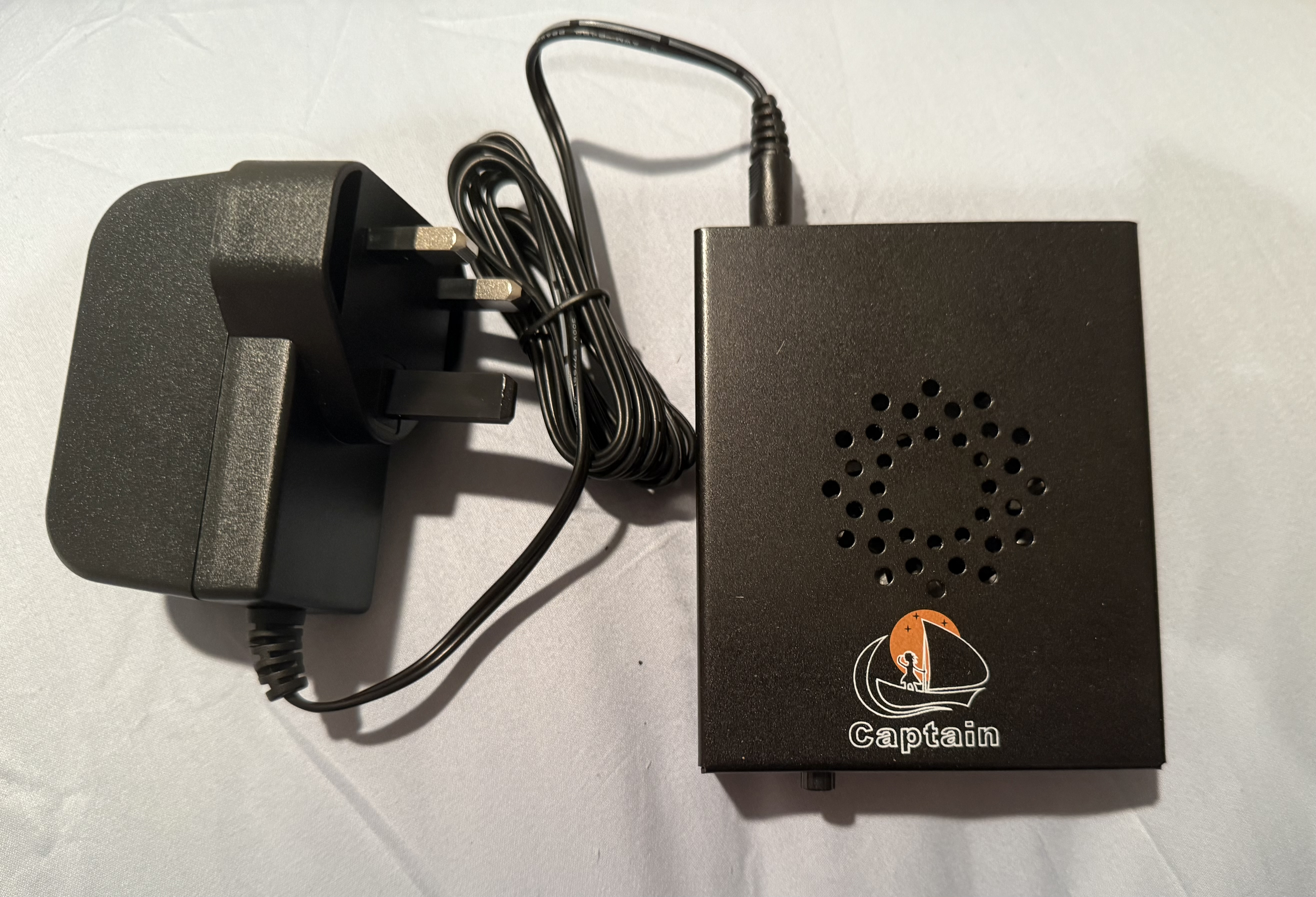 -40%
-40%
DMA Fuser
Good condition device to merge HDMI signals. Combines up to 2 HDMI Inputs into a single Display Port or HDMI Outputs. Remote control is included
$20.00 $12.00
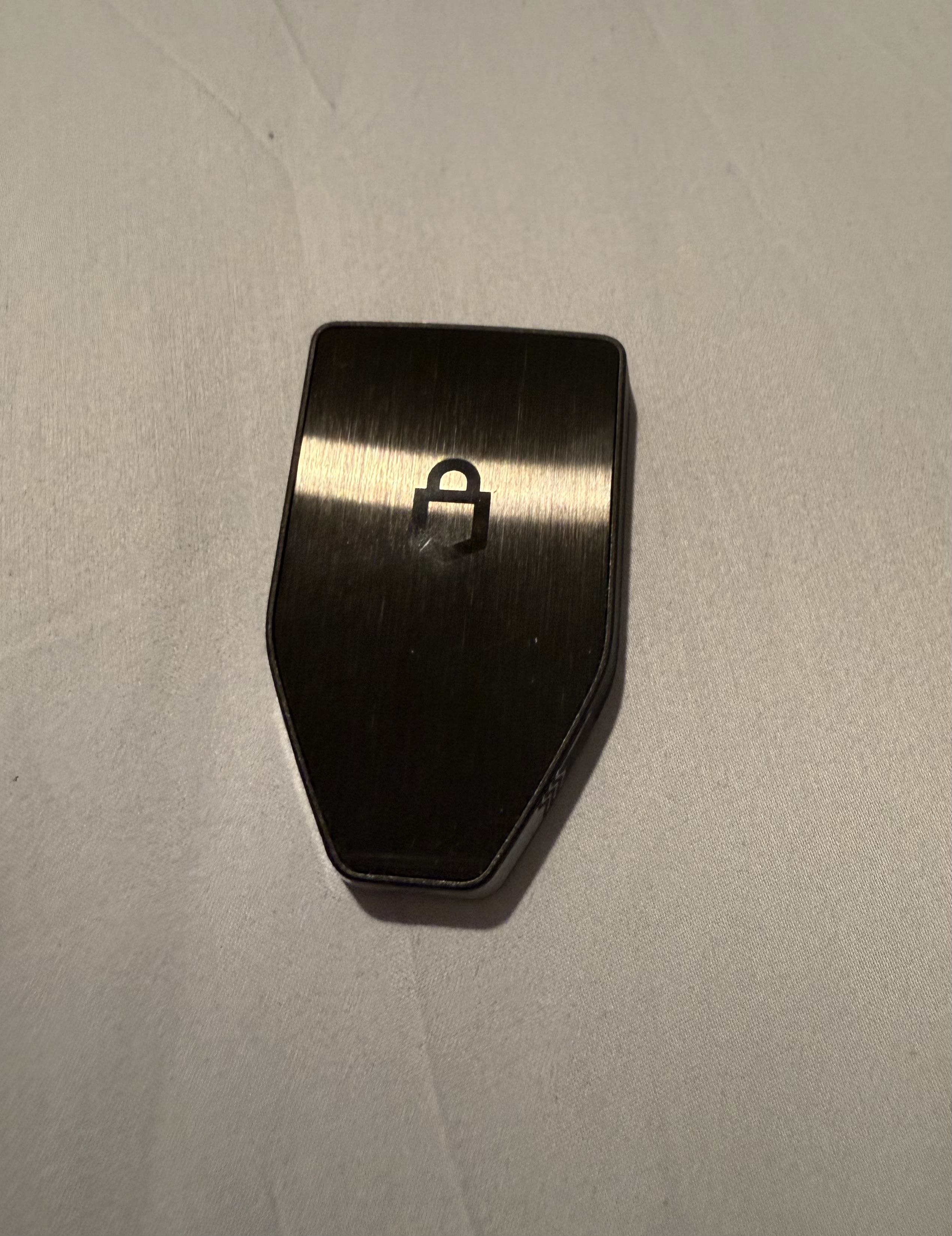 -60%
-60%
40GB USB Flash Storage Disk
40 GB of storage for secure password protection and documents. Backup documents and store your data securely. USB cables included
$10.00 $4.00